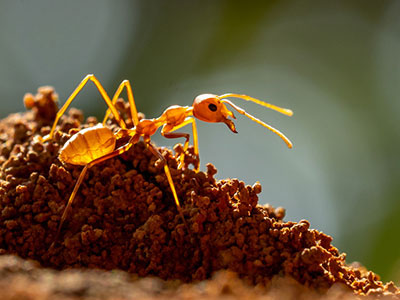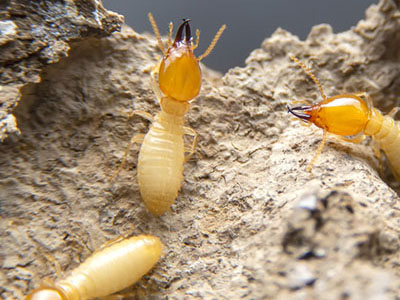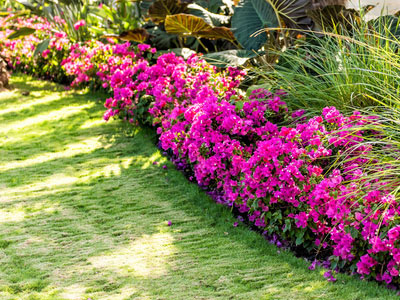Fertilizer and Pest Control
Knowing how and when to fertilize your South Florida lawn is one of the most crucial parts of South Florida gardening. This article will teach you how and when to fertilize and seed, as well as what kind of pest control your lawn will benefit from.
Lawn Spraying and Fertilization Discounts & Coupons
Valid on new service only. Discounts cannot be applied toward current services or renewals.
When To Fertilize A Lawn?
Measure your lawn and buy fertilizer accordingly. Test the quality of your soil, so you’ll know if you’re overfeeding it. Most South Florida soils naturally contain a high level of phosphorus, which is often found in fertilizer. If that’s the case with your yard, choose a fertilizer without large amounts of phosphorus. When to fertilize the lawn? Only fertilize when the grass is actively growing, usually in the spring or summer. There’s no need to fertilize during the winter when the grass is not growing. It’s best to use slow-release fertilizer because the effects will last longer, up to two months or more. Avoid fertilizing when rain is predicted in the South Florida forecast.
Fertilizer And Seeding:
When purchasing lawn fertilizer, you’ll notice three numbers on the package in a row. They stand for Nitrogen-Phosphorus-Potassium. Your lawn can’t do without these three major nutrients. Select a lawn fertilizer where the first number and the last number are either equal to each other or in a ratio of 2-1, and the first to second number (nitrogen to phosphorus) is at least at a 4-1 ratio. The middle (Phosphorus) number should be low. Wait 1-2 months to fertilize freshly planted lawns. However, be careful to keep fertilizer at least ten feet away from bodies of water, and sweep up any spilled or unused fertilizer. How to seed a lawn? Seeding is one of the easiest and cheapest ways to grow a South Florida lawn. Use high quality seed. When you purchase seed, you’ll notice a tag with percentages on the package. Look for a purity level that is of 90% or higher. The germination level should be 85% or more. Avoid seed packages with purity levels of 80% or less, as they can promote poor growth and weed emergence.
Getting Rid Of Weeds And Pests:
What about weed killer for lawns? Stop Florida lawn weeds in their tracks by using herbicide that focuses on prevention; spray it around February through March in South Florida. For control of winter weeds, apply herbicide in the late fall. Post emergence herbicide products can be used on weeds that are already present, but the younger the weed is, the easier it is to kill. Insidious Florida lawn pests can weaken or even entirely destroy your lawn. Two common South Florida lawn pests are chinch bugs and sod web worms. Chinch bugs love to munch on lawns made from St. Augustine, Bermuda, or zoysia grass and can cause extensive lawn damage. Treat chinch bugs with Talstar, applying it through a hose sprayer. Sod web worms (while in the larval stage) devour lawns and can cause major damage. They eat the upper part of the grass, creating brown patches. Just one web worm can be responsible for the destruction of about three to four feet of grass! Spray a pesticide late in the day, as the web worms feed mostly after dark. For top-notch assistance getting rid of pests and weeds, call one of our trained and licensed professionals.



